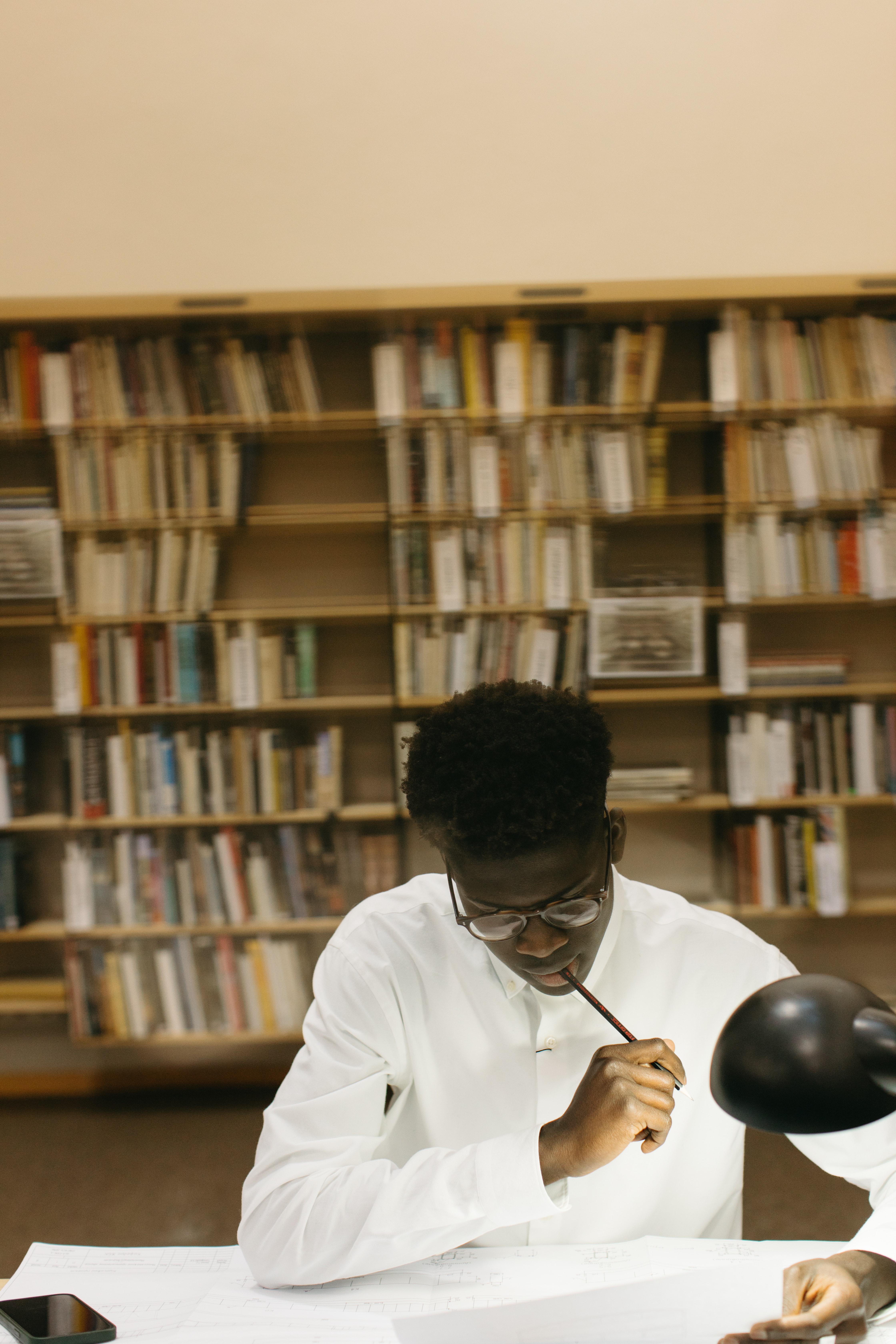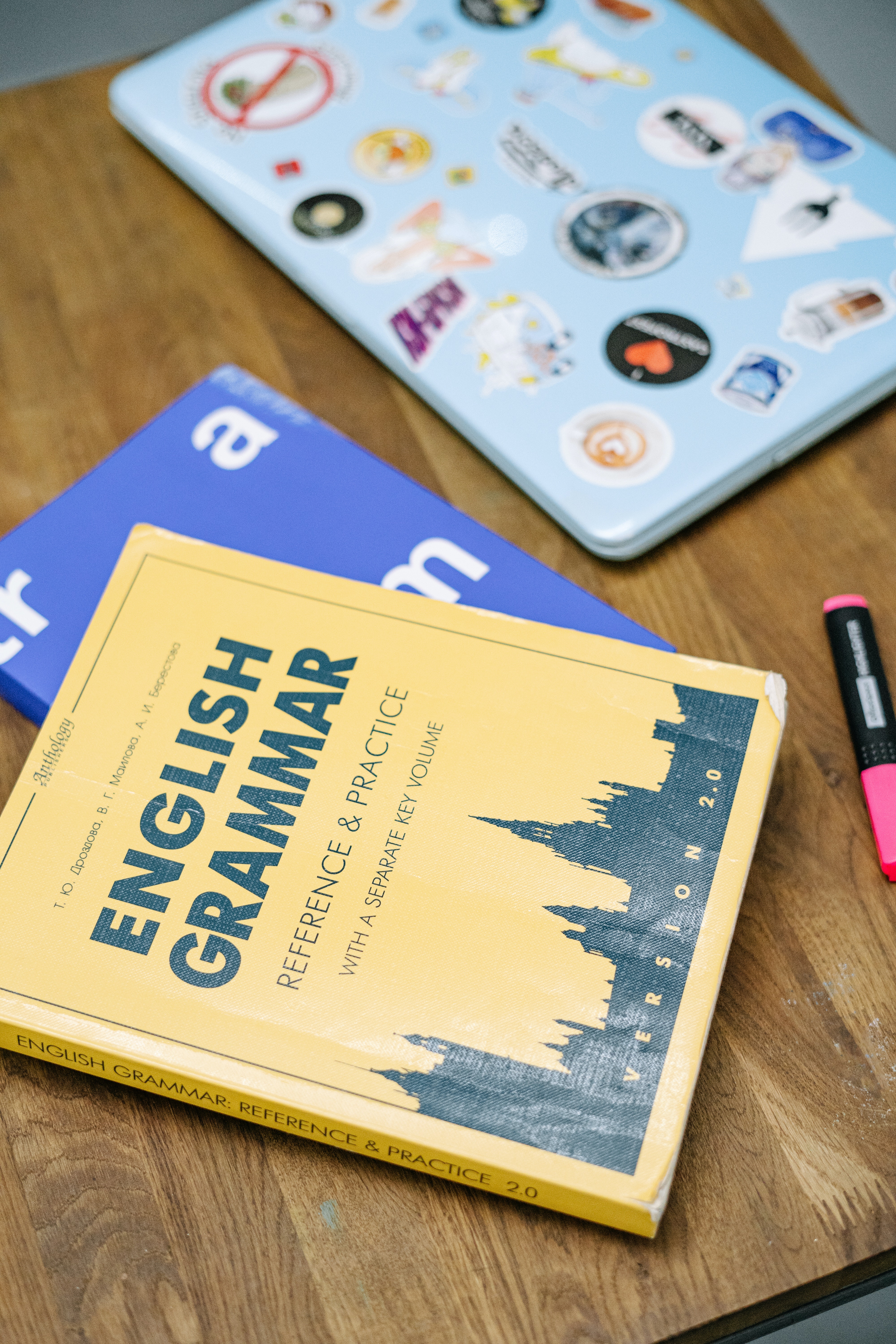Usually, I answer a lot of questions from learners about particular difficult points in English. Sometimes, I get a lot of questions from my close friends about how to self-study a language. They think I’m some kind of genius. I’m really not. Any of those polyglots you see online aren’t innately born with some talent. They really have a special method that works them. What is mine? I’ll share that right now.
Step #1: Create a goal
In order to get started, you need to decide why you’re learning a language? Is it to find a date? Do you want to talk to your landlord fluently? Is it to pass a test? You need to make that definite now so that things can be clear in the future.

Be honest with yourself when you make this decision. You aren’t fooling anyone but yourself. Is it to listen to your favorite singer? That’s totally okay. There should be no guilt or judgement in language learning. Do you want to impress the foreign exchange student that you are crushing on from math class? That’s okay. Being honest with yourself will make the rest of the process much more direct. There is no reason to hide your true intentions from yourself.
Step #2: Choose resources that compliment that goal
Does it make any sense to focus on business language when you plan to talk to your grandma? Of course not. That’s an extreme example, but there’s some situations that aren’t as cut and dry.
Let’s say you want to have a simple conversation with native speakers. In that case, you want to focus on textbook and sources that claim to give you the natural language. Then, you want to practice the colloquial language by listening to YouTube videos or doing a language exchange.
If you goal is more formal or business-focused, you need to learn the formal written language, so you will need to focus on respectful language and books that have “business” or “comprehensive” plastered on them. Avoid “easy” or “daily” for this group. Then, you might want to take formal classes, and you will definitely want to practice with a tutor like me and do what I do on italki.
If you want something more focused, focus on it from the beginning. You might want to learn BTS lyrics; practice reading by reading some BTS lyrics. Using the example earlier, you could want to impress a cutie in your class. In that case, look up “how to flirt in (your target language).”
Essentially, don’t waste your time doing what others do. Everyone’s language journey is entirely unique. I can say that my habits changed completely between languages almost entirely due to my different goals. Things can evolve once you are an intermediate speaker. At the beginning, though, don’t kid yourself. If you don’t know how to self-study a language, you won’t focus on the things that can help you to your goal.
Step #3: Collect your resources
This is going to depend on what you decided on previous steps. Maybe you need a language course. It might be that need a good grammar book. Maybe you’re a “no sabo” kid, who can communicate in your parent’s native language but only to a unimpressive level. In that case, you want to focus on formal writing so that you can mimic their structures and word choice to modify your unsophisticated and vulgar daily speech.
If you are looking for formal language learning, look over the internet for language classes with reasonable prices. One good thing to come out of the pandemic is that many things that were exclusively taught online have moved to the internet. That’s totally alright if you cannot find a language class in your area. You can most likely find one online.
In any situation, you need a book. Focus on books that learners recommend. I do not recommend searching your language on a shopping website. See what learners like. What do people have to say when you search “how to self-study a language” in YouTube? You are not the first to climb this mountain. You won’t be the last. Take advantage of the suffering of language learners past.

Step #3.5: Learn to type special characters
This is special to the current year. Maybe if I existed 40 years ago, I would have told you that typing is some extraneous luxury of language learning. Now, it’s a necessity. You need to type in any language you learn. Every single language that has writing has a written form that you need to painstakingly learn to type. You need to spend some time on that. In order to look up your questions or find help, you need to learn your target language’s writing system. Even if your language uses the Latin alphabet, that’s not enough. For Windows users that want to learn how to self-study a language, you will need to have the alt codes for some accents memorized. That’s the keyboard combination to create a special symbol. You’ll need to hold the alt key while inputting some number. Here’s some a handful of some common ones:
- è = alt + 138
- é = alt + 130
- à = alt + 133
- ä = alt + 132
- å = alt + 134
- á = alt + 0225
- ß = alt + 225 (careful)
- ç = alt + 135
- ê = alt + 0234
- ë = alt + 0235
- ñ = alt + 0241
- ó = alt + 0243
- ú = alt + 0250
- ü = alt + 0252
- ö = alt + 0246
Step #3.9: Learn to type non-Latin writing systems
If you speak another language that does not use the Latin alphabet, I cannot give any information that fit them all. I can only recommend using that language’s keyboard in your smartphone. Every language will have a different case.
This is the keyboard in my iPhone:

The one I want to bring attention to is 繁體手寫, which is the 5th to last. This is the handwritten traditional Chinese character keyboard. It is a flat space to use your finger to right. Although it says traditional characters, that only means that it suggests traditional characters. If I write a simplified Chinese character or a character simplified in the Japanese way, it works. This is an absolute must for languages that use Chinese characters, whether that’s a Chinese language, Japanese, or those who want to get create with Korean hanja. In the past, encountering an unknown character was such a hassle. Now, thanks to this keyboard, you can write exactly what you see, and it is not sensitive to stroke order; if it looks like a character, it will suggest it.
Step #4: Have fun
This isn’t some gushy lovey-dovey thing. This is a command to find some native-level sources that you enjoy. This can be a music artist that you love, which I’ve talked about on my channel. This can be a YouTuber you love. Perhaps this is a video game. This can be so many things. Engage with the language just like natives do. Nobody learns a language by focusing on books. Babies don’t learn like that, and they seem to be successful. They look at content for native speakers and make mistakes. We adults should do the same. Find something you love in that language. It can be a book, movie, game, song, or anything your heart wants.
Step #5: Make a routine
When you focus on how to self-study a language, something that is unique to your struggle is that you don’t have someone telling you when something is due or when you need to learn some topic. This can be either extremely freeing or extremely scary depending on the person. If you are someone is panicked by that thought, you need to have a routine. Make it crazy to image that you might possibly skip a day. Use the power of psychology and inertia to propel yourself.

For me, when I turn on my Nintendo Switch, I have conditioned myself to think it unthinkable that the Switch is in English. It needs to be German, French, or something else. English, my native language, is not enough. You can do something similar.
Step #6: Improve your skills
It’s one thing to go through the motions, but you really need to keep improving. You need to push yourself as a self-studier. There is absolutely no one else to push you. You need to do it yourself. Do you not understand? Don’t smile to your tutor and continue. Ask.

You should always try to challenge yourself. There is no way you can improve if you simply do what you have always done. Try reading things that are uncomfortable. Listen to things you cannot understand. Eventually, you will face a breakthrough, provided that there is something novel in the way you chose how to self-study a language.
If you take these tips seriously, you can improve your self-studying journey. I’ve used this method countless times. I may not love my level of every language, but I believe in the process. You need your own process, too. Even if you don’t like mine, you are welcome to experiment yourself. However, I think these six are critical in every language. I haven’t found one yet that improved without these processes. A lot have failed, but the successes had these in common.
Hopefully, you have a little more knowledge. You can go forth and conquer the world with your motivation. If you want to know about more things about language learning other than just how to self-study a language, I talk about nothing but that on my YouTube channel. Check it out to prepare yourself even more!